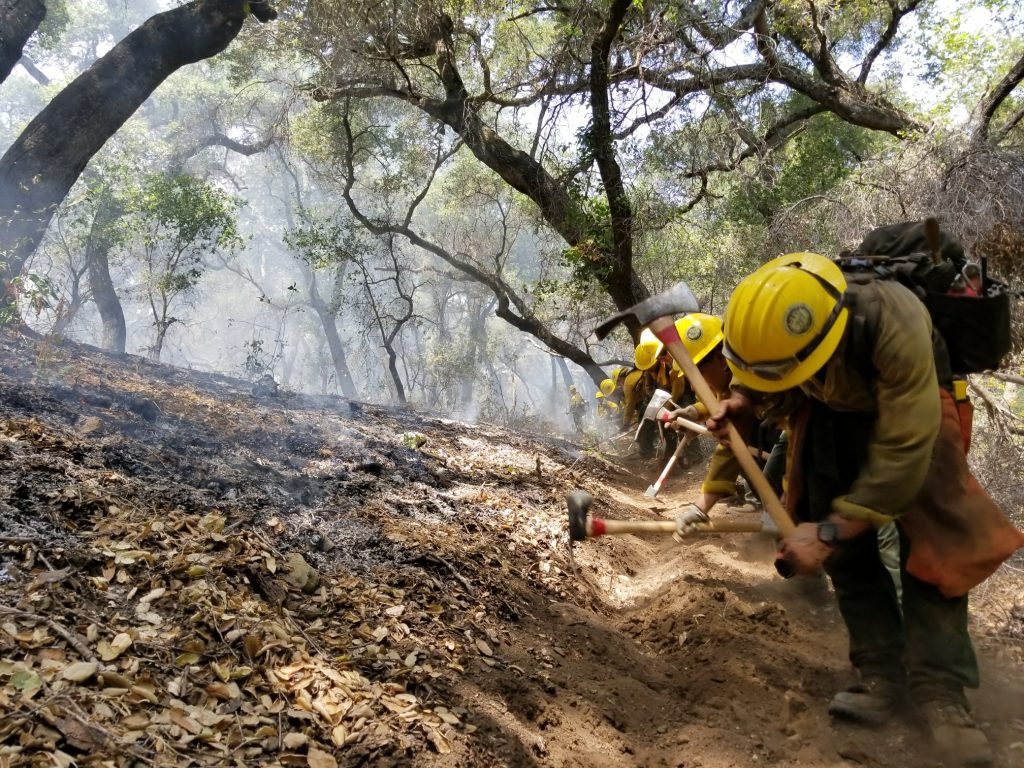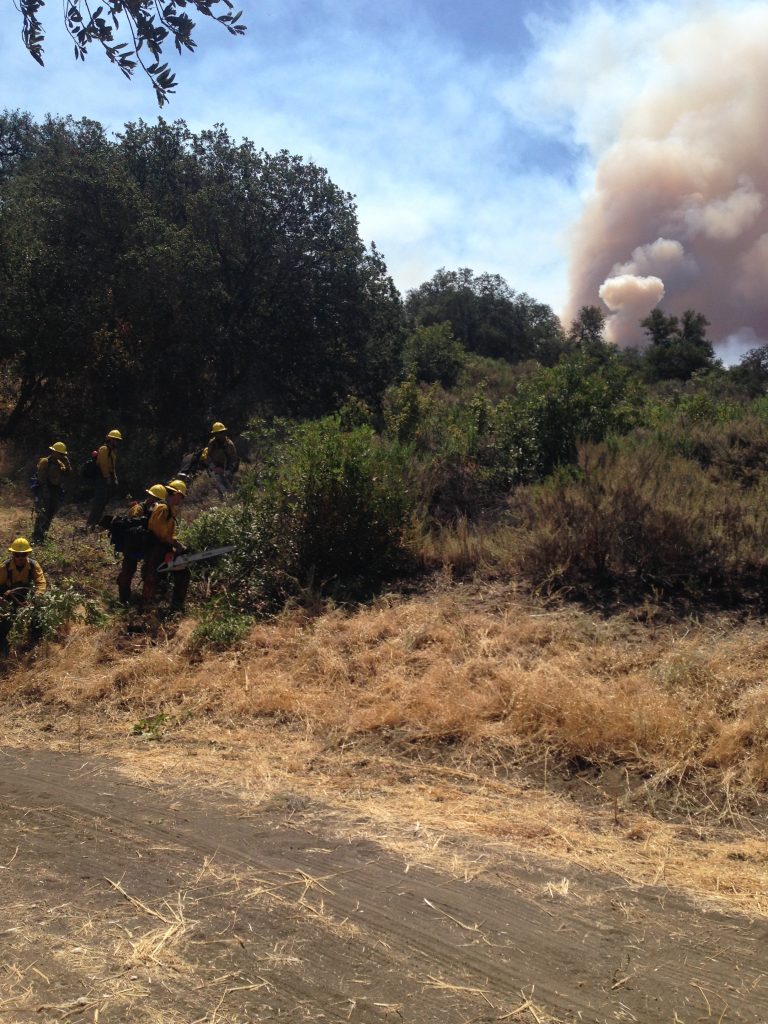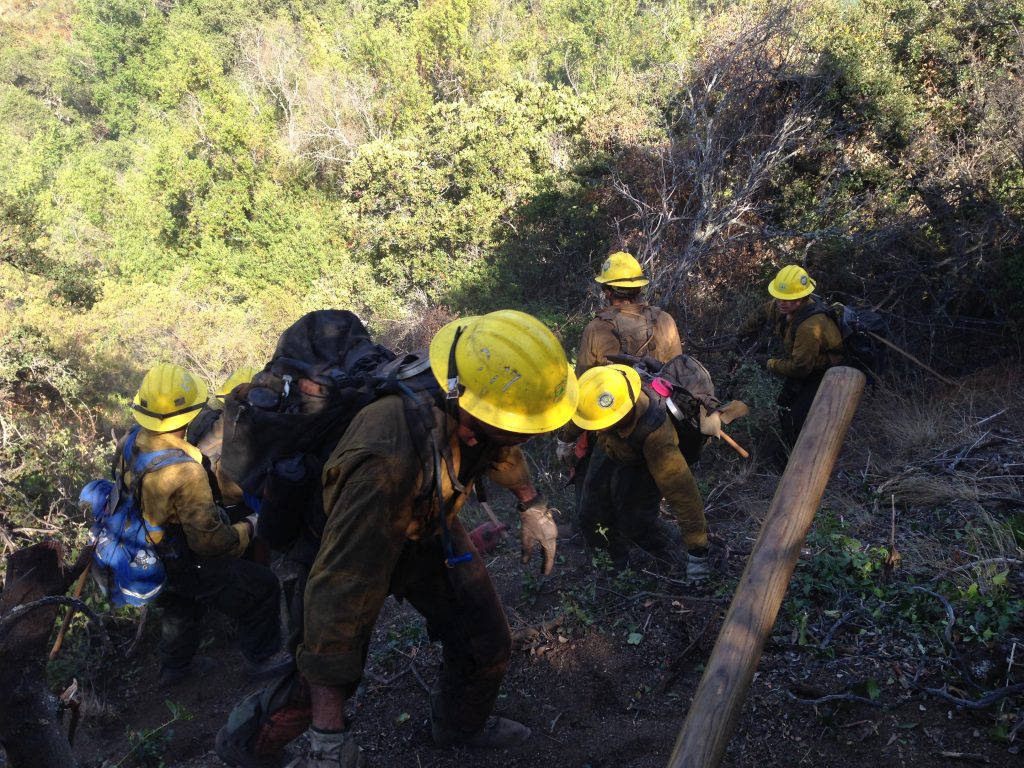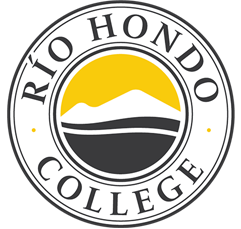 |
 |
 |
- Who are the Rio Hondo Roadrunners?
The Roadrunners are a Type II hand crew formed in 2001 as a joint venture between U.S. Forest Service and Rio Hondo Community College. The crew is dispatched by the Angeles National Forest located North of Los Angeles, CA. The crew is staffed by the young men and women students of Rio Hondo Community College.
- What is the Roadrunner’s normal personnel complement?
The crew consists of on average 18 to 20 members led by a Crew Boss from the U.S. Forest Service or a local city fire department as fireline leadership. Most times, a Crew Boss Trainee will be assigned as well. The crew is further divided in half by squads with a crew leader overseeing the two squads and reporting to the Crew Boss. Each crew squad has a Squad Boss who will run their squad and report to the crew leader. Each squad will have a (power) saw team consisting of two people, the sawyer and swamper. The remainder of the squad will consist of six crewmembers.
- How does the crew travel?
The crew travels between assignment on chartered buses that carry the personnel as well as all the crew’s equipment and personal belongings. Occasionally the crew may travel by helicopter into remote locations.
- What is the range of a hand crew?
A crew is considered a regional resource and normally works within the State of California, concentrating on their home forest. If out of region resources are low, the Roadrunner Hand Crew can be called out of state for assignments such as the Space Shuttle Disaster Recovery in Texas.
- How long does a crew work?
A typical hand crew rotation will consist of a 14-day assignment. Shift assignment will vary, but it can be expected to be from 10 to 16 hours a day. Occasionally, a 24-hour shift will be necessary. In that case, OSHA rules will dictate that the crew have 12 hours off minimum.
- What is my time commitment?
During fire season, crew members are required to be within a 2 hour on call range. Crew members will be contacted by a crew coordinator with a time and location for gathering for an assignment. The first crew complement that responds and accepts the assignment are the only ones who will go. It would be in your best interest to invest in a mobile phone/pager.
- How much can you make on a hand crew?
The big question everyone wants to know.
It varies with position, experience, and the number of assignments. The different pay scales are as follows: AD1, AD2, AD3, & AD4 with AD4 being the highest rate.
- AD1 rate is a training rate. If it is your first assignment or fire, you will receive this rate until the Crew Boss determines that you have performed satisfactorily.
- AD2 is the rate at which the majority of the crew will work under.
- The AD3 rate is for leadership positions. The positions that fall under AD3 are: Squad Leaders and Sawyers.
- The AD4 rate is reserved for the Crew Leader.
The hourly pay can vary from approximately $10/hr to $15/hr. Pay from a 14-day assignment can be $1500 to $2200. The exact wage rates are available at the crew offices.
- What kind of work does the crew do?
The crew’s primary duty is wildland fire suppression but is not limited to that. The crew can be summoned for manpower during natural and man made disasters. The work can range from working on the Space Shuttle disaster recovery to securing hillsides for floods and landslides before and after fires.
- Where does the crew stay/sleep/eat?
The crew will generally stay in an organized fire camp or spike camp. The crew will sleep in tents unless there are sleep trailers or sleeping facilities available such as school gyms or similar structure. On rare occasions, the crew will sleep in hotel/motels. The crew will generally eat in fire camp but if a fire camp has not been setup yet, the Crew Boss will feed the crew at local restaurants. Essentially, when you are in working status for the crew, your main meals, lodging, and transportation will be provided by the U.S. Forest Service or Rio Hondo Community College.
- How do I get on the Roadrunner Hand Crew?
- Contact the crew’s staff.
- Attend an orientation meeting at the college.
- Sign up for the Wildland Fire Academy program
The hand crew is NOT a walk-in position. It takes months of training to be ready for the crew. The training will range for classwork and fieldwork to heavy duty physical training. Hand crews are the workhorse of wildland fire suppression and is very physically demanding.


